Considering the patent drawing rules and guidelines is an important and critical step during the patent prosecution process. Patent drawings are probably one of the most important parts of the patent application drafting, providing specific technical and design elements. From sophisticated process flow diagrams to utility patent drawings (technical invention processes/methods), and from precise design technical blueprints to focused design patent drawings, these function in order to enforce and protect human creativity and ideas.
Among the rest, you may want to include in your utility patent and design patent applications showing how an invention functions, how a product design look like, designing trademarks for your brand, providing answers to office actions with amended drawings, and preparing PCT drawings for international submissions, having a clear grasp on the obligations requested by the patent drawing requirements is very important in ensuring that your intellectual property is well protected. Even such niche components as DNA sequencing diagrams or microphotograph conversions must be meticulously done to comply with the requirements put forth by applicable patent office laws.
Complete Guide on Patent Drawing Rules & Guidelines
Types of Patent Drawings
Broadly, there are two major types of patent drawings: utility patent drawings and design patent drawings. Patent drawings are also known as patent illustrations. If we categorize them further, the following types can be considered different types of patent drawings (based on their uses and applications).
- Flow Charts
- Complex Graphs
- Technical Drawings
- Design patent drawings & Utility patent Drawings
- Plant patent drawings
- Office Action Design File
- Replacement drawings
- PCT drawings
- Conversion of collared images into grey scale
- Drawings from Microphotographs, DNA Sequencing
When you will need the patent drawings?
Patent drawings are needed when:
- When you need submit a patent application where that invention is complex or it can not be expressed or represented through words only.
- Mostly when you are filing utility patent application and you need to show how the invention actually works, showing the process or explaining the method of invention.
- When you are filing the design patent applications, then you need to illustrate and showcase the ornamental features of a designed product or prototype.
- If you have received any office action, then you might need a visual clarification while responding the office action.
- Generally, we do file provisional patent applications without patent drawings to early secure the date of filing, but when you file the non-provisional application then you will need the patent drawings.
- When you are planning to file foreign/ international patent application though PCT (Patent Cooperation Treaty) route, then you will need patent drawings.
- You will need document the visual changes when you are making the amendments to existing patent applications.
Note that while not all patent applications legally require drawings, including them is strongly recommended as they strengthen the application by providing clear visual disclosure of the invention and can help prevent potential misinterpretations during examination.
Patent Drawing Requirements for USPTO
Drawings are generally required to be in black ink on white paper and solid lines must be
utilized for drawing.
Size of Sheets:
As per USPTO there are two kinds of sheets: –
- A4 Size (PCT File)
- Letter Size (US File)
Disclaimer: A4 Size sheet is just utilized for WIPO Application or PCT Application, and Letter size sheet can be utilized for US application as it were.
Page Margin:
One of the differences is the size of paper on which drawings can be submitted:
PCT: The PCT only accepts A4 size pages, making it the most acceptable page size globally.
USPTO: The USPTO allows both letter-size paper or A4 size paper.
ACCEPTABLE SHEET MARGINS:
- TOP MARGIN – 2.5 cm
- LEFT-SIDE MARGIN – 2.5 cm
- RIGHT-SIDE MARGIN – 1.5 cm
- BOTTOM MARGIN – 1 cm
Although most of the guidelines are the same in both utility and design patent drawings, let us look at some variations between both of them.
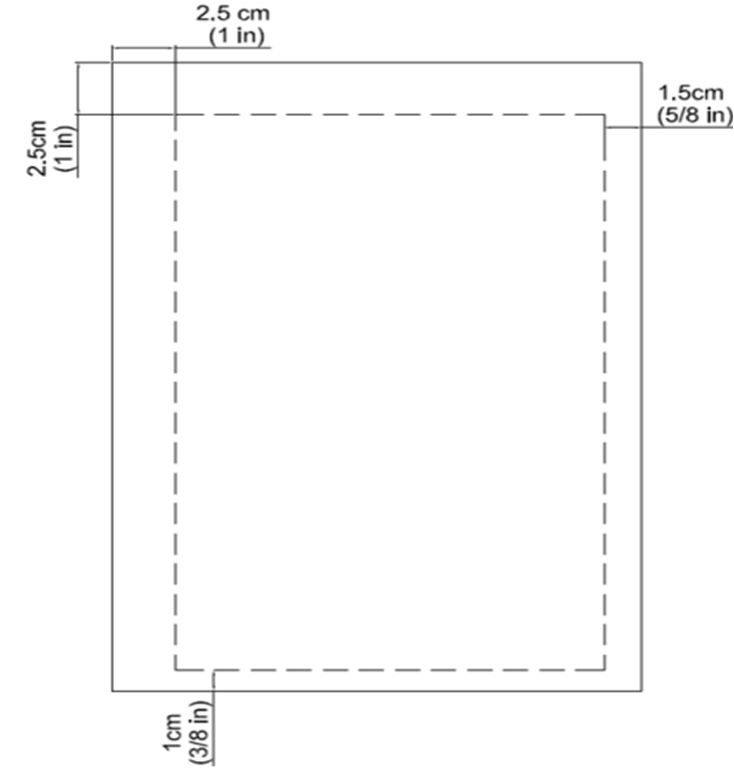
Rules and Guidelines for Utility Patent Drawings
A patent application should enable an individual having ordinary skill in the art to make and utilize the disclosed invention. In utility patent drawing very often, additional drawing can also be provided. Preferably, drawings should show all the components referenced at least in claims. Further, in some cases illustrating processing steps also helps in understanding the claimed
invention.
Drawings in a Utility Patent Application may illustrate:
- Line drawings showing shapes of objects
- Flow charts
- Block diagrams
- Electric circuits
- Chemical formulas, among others.
- Orthogonal and perspective views
- Isometric views
- Exploded views
- Partial views
- Sectional views
- Enlarged views
- Alternate views, among others
Utility Patent Drawings: Rules and Guidelines
Text Height
- One of the most common errors that often lead to office action is the size or height of the font, which has to be at least 0.32cm. Any text or reference character less than 0.32cm in size is not permitted and can lead to rejections of drawings.
- Also, the reference characters are placed neatly in drawings and clearly visible to ensure compliance.
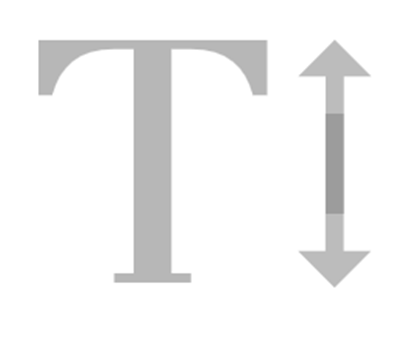
Number of Sheets
- All the sheets contained in the USPTO application shall be numbered in consecutive Arabic numerals where the numbers shall be centered at the top of the sheet, but shall not be placed in the margin area. E.g., 1/7, 2/7, 3/7, and so on.
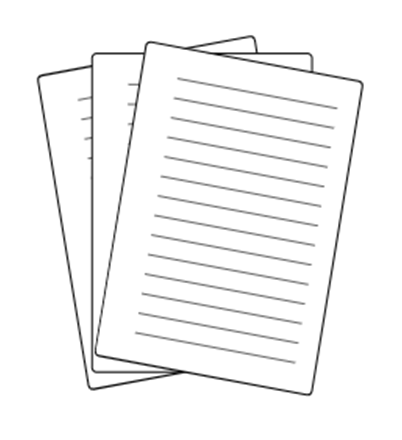
Line Quality
- Poor line quality in drawings is another common reason for rejection by patent offices.
- Patent Offices has guidelines about the colored images used it is better to use the drawings in the line art form.
- Also, drawings need further reproduction, therefore, it is necessary for the drawings to be clear and with uniform line thickness.
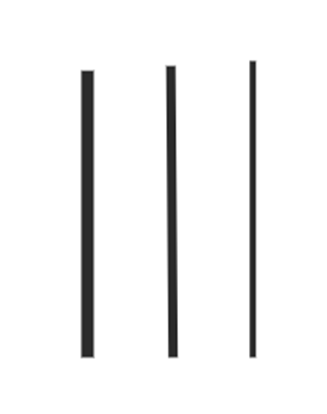
Clarity and Completeness
- The images or sketches should not be filed directly to the office. There should be a proper black and white line drawing, which is highly preferred by almost all of the judiciaries.
- Patent drawings should clearly depict the invention from all angles, showing every important detail. It is important to ensure that the drawings are neat, understandable, and free of ambiguity. Missing parts or unclear features can lead to rejection by the patent examiner.
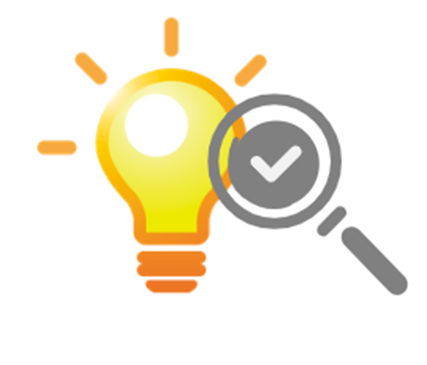
Grayscale Drawing
- Not all patent offices permit photographs to be used instead of black and white line drawings. However, there are some jurisdictions, including the USPTO, WIPO, etc., where photographs are permitted in utility patent applications only on rare occasions.
- Photographs can only be used in black and white or grayscale, if they are the only practical medium to disclose the invention.
- For example, cell diagrams, plants, or microorganisms cannot be achieved via line drawings. If a drawing can be shown with lines, then the PTO will object to the grayscale drawings. So, it is always better to create the line art form of the drawings.
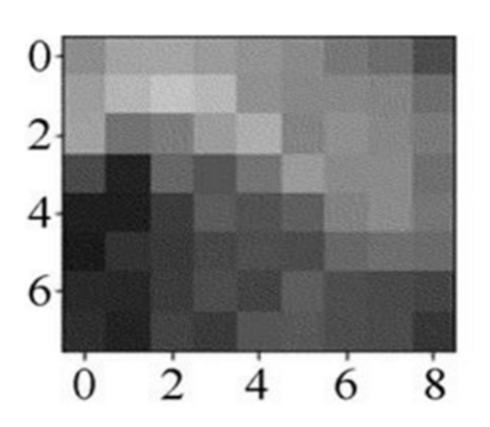
Multiple Views with Utility Patent Drawings
The patent drawing must contain as many views as necessary to show the invention, some of them are:
- Perspective View
- Isometric View
- Plan Views
- Detailed View/Enlarged View
- Partial View
- Sectional View
- Partial Sectional View
- Exploded View
- Assembled View
Rules and Guidelines for Design Patent Drawings
Design Patent Drawings
Design patent applications primarily incorporate drawings that guide in understanding the appearance and aesthetic of the invention. Shading should be very clear to show the shape, contour and material textures of the invention. Drawings in a design patent do not have reference numbers, in contrast to utility patents.
Design patent application must include the views which are listed below:
- Isometric View
- Front View
- Rear View
- Left Side View
- Right Side View
- Top View
- Bottom View
Differentiation of Claimed and Disclaimed Portions
Structure that is not part of the claimed design, but is considered necessary to show the environment in which the design is used, may be represented in the drawing by broken lines and known as disclaimed part.
The Broken lines should not come over or cross the claimed design portion and for differentiation of the broken lines clearly from solid lines the line weight of the broken lines should not be kept heavier than of the claimed area.
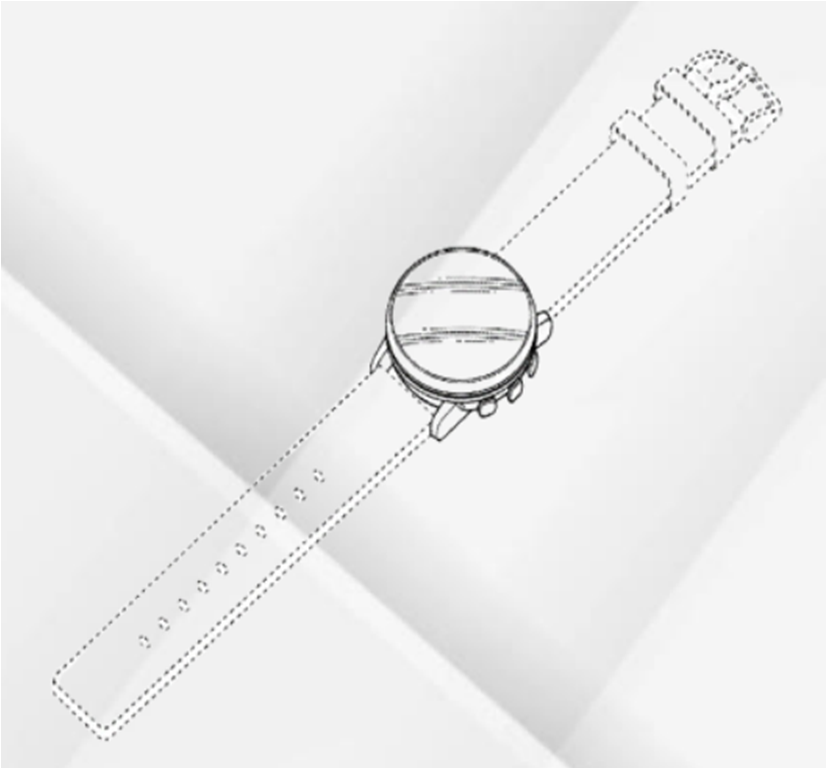
Multiple Views for Design Patent Drawings
The design’s claims can be understood by showing all necessary views that fully disclose its appearance, including Front view, Rear view, Left and Right Side view, Top view, Bottom view and a Perspective view.
In some applications if single perspective view doesn’t show the appearance of the claimed design extra perspective view can be added to show all areas of claimed portions.
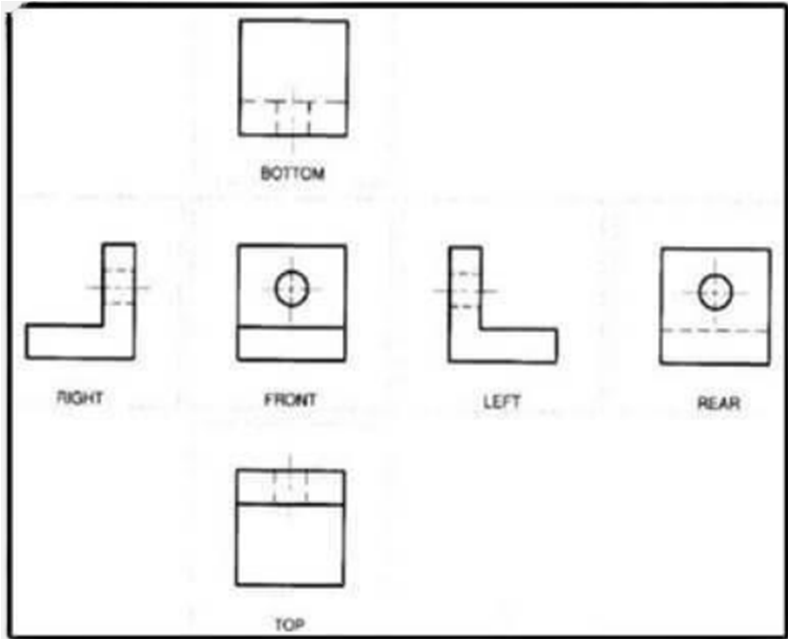
Surface Shading
- All surfaces of the claimed design should be appropriately and in acceptable manner.
- Surface shading should be given in claimed portion of the design only.
- Shading should be given in such manner that it shows the character and contour of all surfaces clearly, for better visibility and differentiation of solid and shading lines the line weight of the shading lines should be kept lighter than of the solid lines.
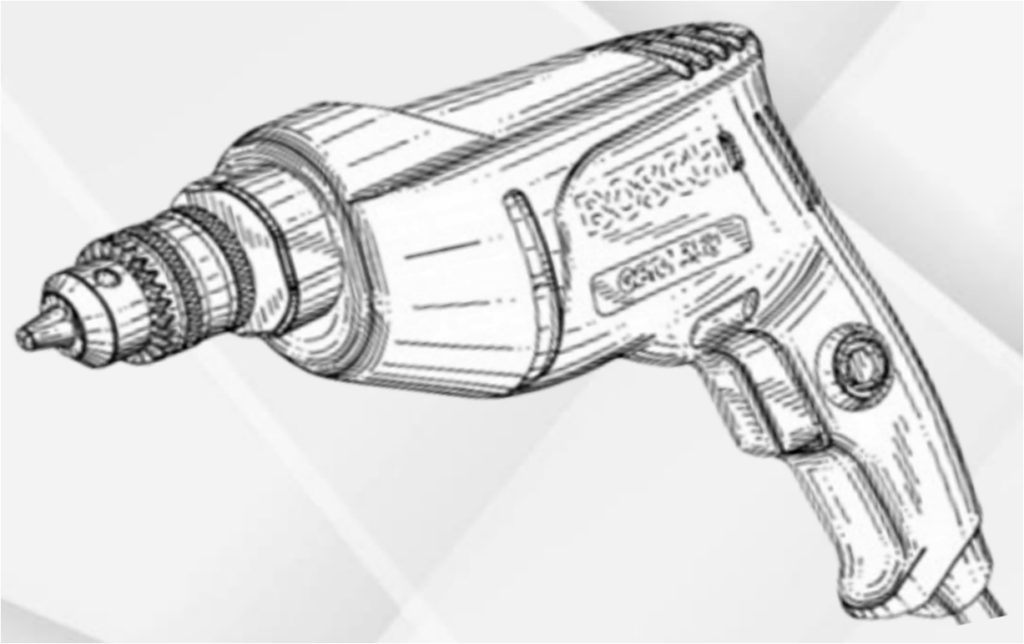
Projection and Scaling
- Unlike utility patents, in design patents the drawings fully rely on the Projections and scaling of the views and drawings should be consistent throughout the set.
- The scaling of all the standard views should be same with respect to each other.
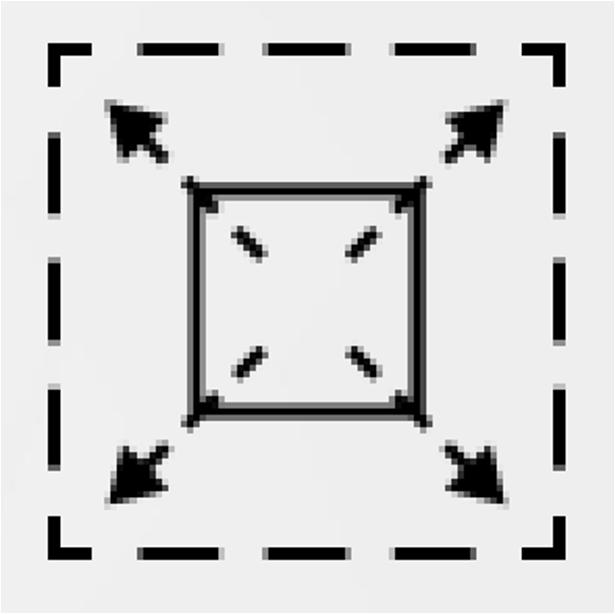
Plant Patent Drawings
Like design patents, reference characters are commonly not utilized in plant patent drawings. The drawings can be in color or black-and-white; in spite of the fact that, color drawings might be regularly found in plant patent applications. The color drawings might be in the form of photographs or might be made either in permanent water color or oil.
Special Requirement for Drawing as per USPTO
According to USPTO text size format ought to be Arial or Arial narrow and text size 0.32cm, and thickness of solid line should be use ¾ of a Solid line. Phantom line ought to be used in unclaimed part of the patent application. Moreover, numbers, letters and reference lines, appearing on the drawings should be simple and clear. Generally, brackets, circles or inverted commas shall not be used in association with numbers and letters. Drawings shall
be executed in durable, black, sufficiently dense and dark, uniformly thick and well-defined, lines and strokes without colorings. Cross-section view ought to be indicated by oblique hatching which should not impede the clear reading of the reference signs and leading lines. If the drawings contain a large number of reference signs, it is strongly recommended to attach a separate sheet listing all the reference signs and the features denoted by them.
Software / Tools Used for Creating Patent Drawings
- AutoCAD
- Visio
- Corel Draw and
- Adobe Illustrator
- SolidWorks
- Catia
Reissue specification, drawings, and amendments
Any changes to a patent drawing must be submitted as a replacement sheet of drawings which shall be an attachment to the amendment document. Any replacement sheet of drawings must be in compliance with and shall include all of the figures appearing on the original version of the sheet, even if only one figure is amended. Amended figures must be identified as “Amended”, and any added figure must be identified as “New”. In the event that a figure is cancelled, the figure must be surrounded by brackets and identified as “Cancelled”. All changes to the drawing(s) shall be explained, in detail, beginning on a separate sheet accompanying the papers including the amendment to the drawings.
Way Forward
In order to prevent rejections in patent illustrations, one must pay close attention to details, follow instructions, and prioritize accuracy and clarity.
You may improve the likelihood that your patent application will be accepted and successfully protect your invention by paying attention to these crucial details.
It is important to keep in mind that the patent application procedure requires patent drawings, and that the probability of rejections can be reduced by devoting time and effort to the process.
USPTO/PCT Patent Drawings (Most Practical Guidelines to follow)
🎯 Why Patent Drawings Matter?
- Required when necessary for understanding the invention
- Can be voluntarily included if the invention can be illustrated
- Crucial for clear communication of your innovation
📏 Paper Size & Margins Matter!
- Standard size: A4 (29.7 cm x 21 cm)
- Usable surface: 26.2 cm x 17.0 cm
Margins:
- Top: 2.5 cm
- Left: 2.5 cm
- Right: 1.5 cm
- Bottom: 1.0 cm
✍️ Drawing Requirements
- Must be in black ink
- Lines must be durable, dark, and uniform
- Use professional drafting tools
- No colors allowed
- Cross-sections shown with oblique hatching
📝 Text in Drawings
- Minimal text allowed
- Only when absolutely necessary
- Examples of acceptable text: “water”, “steam”, “open”, “closed”, “section on AB”
🔢 Numbers & Letters
- Height: minimum 0.32 cm
- Must be simple and clear
- Use Latin alphabet (Greek where customary)
- No brackets, circles, or inverted commas with numbers
📋 Figure Organization
- Multiple figures allowed per sheet
- Arrange without wasting space
- Number figures in Arabic numerals
- Place upright (preferred) or sideways
- If sideways, top of figures must be at left
⚠️ Common Mistakes to Avoid
- Using color
- Including unnecessary text
- Improper scaling
- Inconsistent reference numbers
- Poor line quality
- Incorrect margin sizes
💡 Pro Tips
- Keep reference signs consistent throughout
- Create a separate reference sign list for complex drawings
- Ensure figures can be reduced to 2/3 size while remaining clear
- Maintain proper proportions between elements
🔍 Quick Checklist
- ✓ Black ink only
- ✓ Correct paper size
- ✓ Proper margins
- ✓ Clear, uniform lines
- ✓ Minimal text
- ✓ Consistent numbering
- ✓ Professional presentation
Want to learn more? Our comprehensive guide shows you how to create winning patent drawings that effectively showcase your invention.
Access the free guide now: https://teakipservices.com/patent-illustration-guide/
Why Teak IP Services?
At Teak IP, we provide comprehensive patent drawing services with a highly experienced team of multi-industry experts. Our commitment to accuracy and consistency minimizes objections from examiners. We adhere to federal import-export laws regarding intellectual property and offer fast turnaround times, responding to expedited requests the same day.
Our rigorous quality control ensures precision through multiple reviews. We prioritize client needs with 24/7 online services and a cost-effective approach, promising to stay within allocated budgets. With a large in-house team and extensive resources, we deliver high-quality patent drawings in various formats, such as DWG, SEP, CDR, VSD, PDF, TIFF images, Word and any preferable format as per client need.


